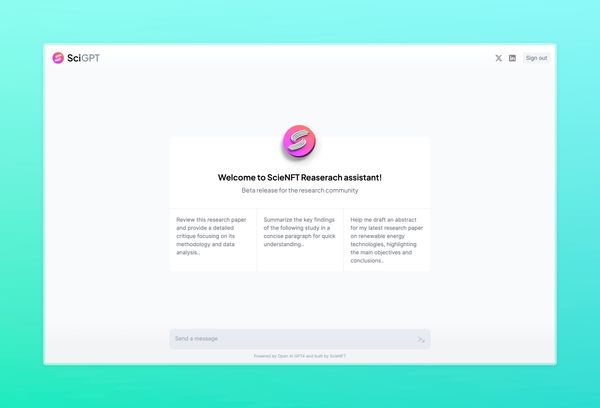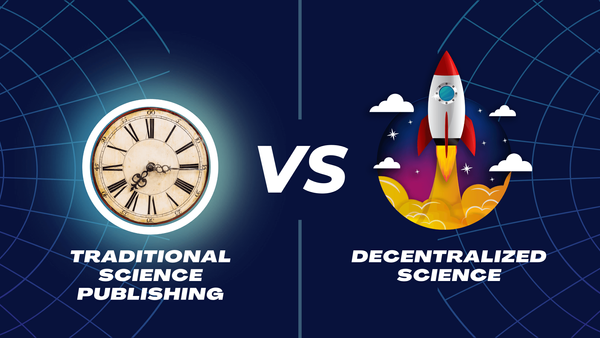Preprints in Scientific Publishing: A pathway to Open Science

In the fast-evolving world of scientific publishing, a term you might have come across frequently is "preprint." But what exactly is a preprint, and how does it fit into the broader landscape of open science?
What is a Preprint?
A preprint is a preliminary version of a research paper that precedes formal peer review and publication in a scientific journal. It's essentially a snapshot of the research at a specific point in time, typically before submission to a peer-reviewed journal. Preprints are shared openly in digital formats, making them accessible to the global scientific community.
Key features of Preprints
Speedy dissemination: Preprints allow researchers to share their findings with the scientific community and the public quickly. This rapid dissemination accelerates the pace of scientific communication.
Open Access: Preprints are freely accessible to anyone with an internet connection. This accessibility promotes transparency and democratizes access to scientific knowledge.
No peer review (initially): Unlike traditional journal articles, preprints do not undergo formal peer review before publication. Instead, they are screened for ethical and scientific quality, ensuring they meet minimal standards.
Permanent record: Once posted, preprints receive a digital object identifier (DOI), making them a permanent and citable part of the scientific literature. This allows researchers to establish priority for their discoveries.
Why Preprints matter
Accelerating discovery: Preprints enable researchers to share their findings promptly, fostering collaboration, and speeding up scientific progress. This is especially critical in fast-paced fields like medicine and public health.
Open Science: Preprints align with the principles of open science by making research freely available to all. They promote transparency, reproducibility, and data sharing.
Feedback and collaboration: Posting a preprint allows researchers to receive feedback from peers, which can enhance the quality of their work before formal peer review. It also facilitates collaboration with researchers interested in similar topics.
Establishing priority: By posting a preprint, researchers establish the date at which they made their findings public. This can be crucial for issues of priority and intellectual property.
Debunking common misconceptions
Preprints are not peer-reviewed: While it's true that preprints do not undergo formal peer review initially, they are not synonymous with poor quality. Many preprints contain rigorous research and valuable insights. Researchers should critically evaluate preprints, just as they do with peer-reviewed articles.
Preprints are not validated: Preprints are typically screened for ethical and scientific standards by the preprint server hosting them. However, validation through peer review is still necessary for full acceptance in the scientific community.
Preprints are not published: Contrary to this misconception, preprints are indeed considered a form of publication. They are citable sources and can be referenced in other research.
In summary, preprints are an essential component of open science, enabling researchers to share their discoveries rapidly, transparently, and inclusively. While they are not a substitute for peer-reviewed publications, they play a vital role in advancing scientific knowledge. Preprints are here to stay, and embracing them can lead to a more collaborative and dynamic scientific ecosystem. So, the next time you come across a preprint, remember that you're witnessing the early stages of a scientific discovery on its path to shaping the future of research.





